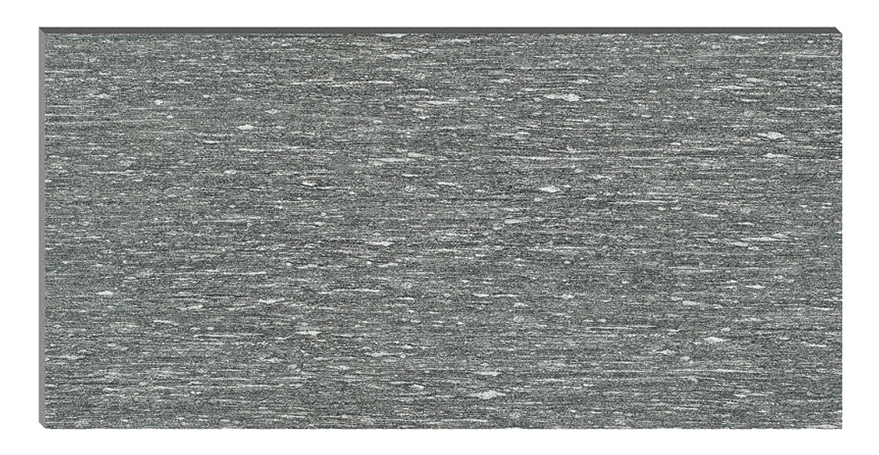|
In the realm of modern architecture, tiles for exterior wall cladding have emerged as a popular and versatile option, offering a wide range of benefits that enhance both the aesthetic and practical aspects of buildings.

I. Aesthetic Versatility
Exterior wall cladding tiles come in an astonishing variety of styles, colors, and textures. Ceramic tiles, for example, are available in a spectrum of hues, from bright and vivid colors that can make a bold statement on contemporary buildings to more subdued, earth - toned shades that blend harmoniously with traditional or natural surroundings. Their surface textures can range from smooth and glossy, which reflect light and create a sleek appearance, to rough and textured, adding a tactile and organic feel.
Porcelain tiles, on the other hand, often mimic the look of natural materials such as stone, wood, or marble. The high - quality porcelain imitations of marble, with their intricate veining patterns, can bring a touch of luxury and elegance to any building facade. And for those seeking a more rustic or industrial look, tiles designed to resemble weathered wood or aged brick are also widely available.
II. Durability and Weather Resistance
Durability is a key factor when it comes to exterior wall cladding, and tiles generally excel in this regard. Ceramic tiles, fired at high temperatures, are highly resistant to moisture, which is crucial in preventing water - related damage such as mold growth and structural deterioration. They can also withstand the wear and tear of daily weather exposure, including rain, wind, and sunlight.
Porcelain tiles are even more robust. Their dense composition gives them a low water absorption rate, making them extremely resistant to freeze - thaw cycles. This makes porcelain an ideal choice for regions with harsh winters, as it significantly reduces the risk of cracking due to the expansion and contraction of water within the tile.
Natural stone tiles, like granite and slate, are known for their inherent strength and durability. Granite, in particular, is one of the hardest natural stones, capable of withstanding heavy impacts and extreme weather conditions over long periods. Slate, with its unique layering and texture, not only offers durability but also a distinct aesthetic appeal.
III. Installation and Maintenance
Installing exterior wall cladding tiles requires proper planning and execution. The substrate must be prepared correctly to ensure a secure bond. For most tile types, a suitable adhesive or mortar is used, and tiles need to be spaced appropriately to allow for expansion and contraction due to temperature changes. In some cases, especially with heavier tiles like natural stone, additional support structures may be necessary.
Maintenance of exterior wall cladding tiles is relatively straightforward. Regular cleaning with water and a mild detergent can keep them looking clean and fresh. For tiles with a porous surface, such as some natural stone and ceramic tiles, periodic resealing is recommended to maintain their water - resistance and stain - resistance properties. However, compared to other exterior finishes like painted surfaces, tiles generally require less frequent upkeep.
IV. Cost - Effectiveness
While the initial cost of some high - end tiles, such as natural marble or premium porcelain, may be relatively high, their long - term cost - effectiveness cannot be overlooked. Tiles have a long lifespan, often lasting decades with proper care. They do not require frequent replacement like some other building materials, which can save significant amounts of money over time. Additionally, their energy - efficient properties, such as the ability to reflect sunlight and reduce heat absorption, can contribute to lower energy bills in the long run.
V. Environmental Considerations
In the context of sustainable construction, many exterior wall cladding tiles offer environmental advantages. Ceramic and porcelain tiles are often made from natural clay and other raw materials, which are abundant. Some manufacturers also use recycled materials in their production processes. Natural stone tiles, although extraction has an environmental impact, are a natural and renewable resource over geological time scales.
In conclusion, tiles for exterior wall cladding offer a wealth of options in terms of aesthetics, durability, maintenance, and cost - effectiveness. Whether for a residential home, a commercial building, or a public structure, the right choice of exterior wall cladding tiles can enhance the building's appearance, performance, and value while also being environmentally conscious. As the construction industry continues to evolve, tiles will remain a popular and reliable choice for creating beautiful and long - lasting building exteriors.
|